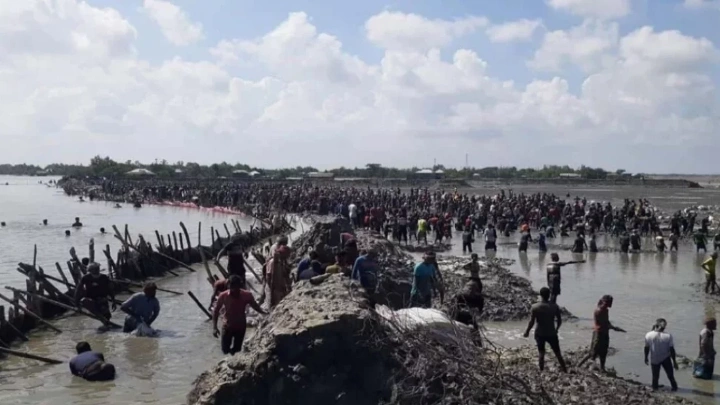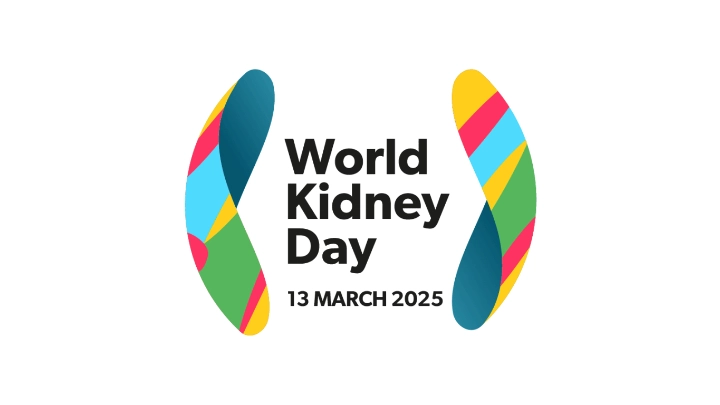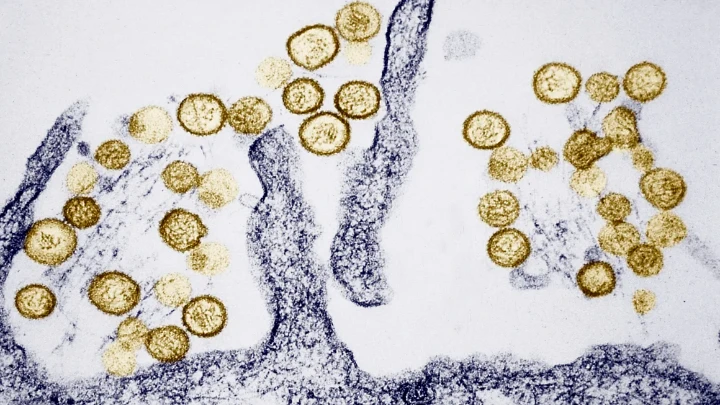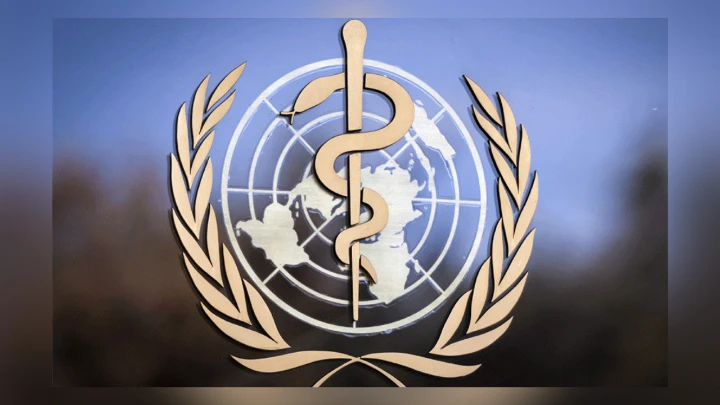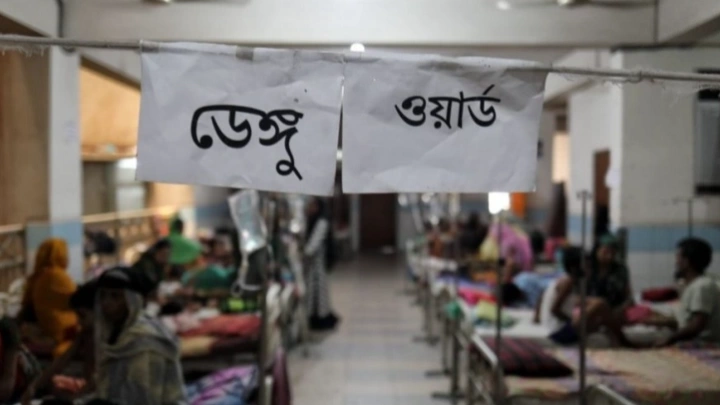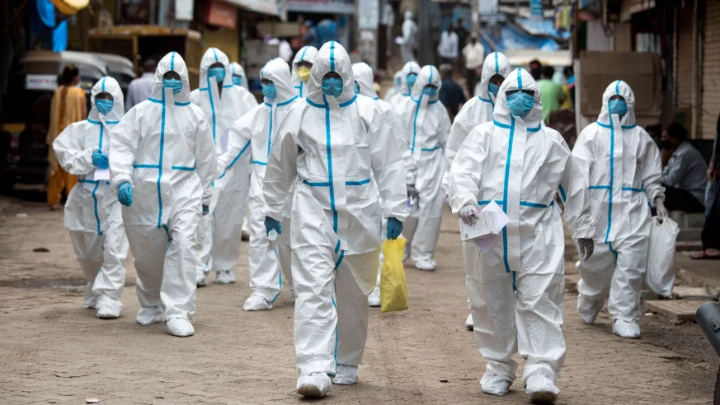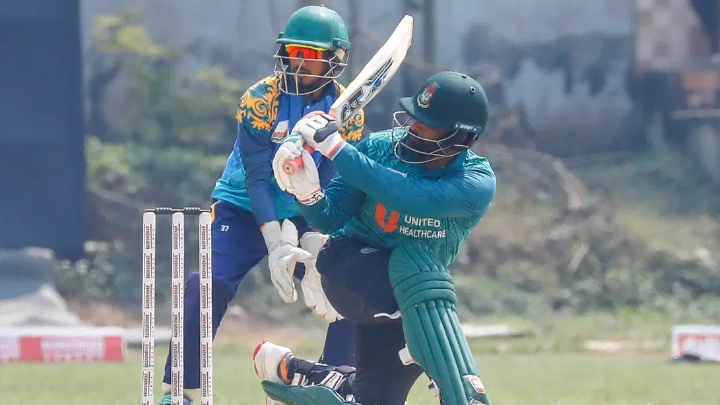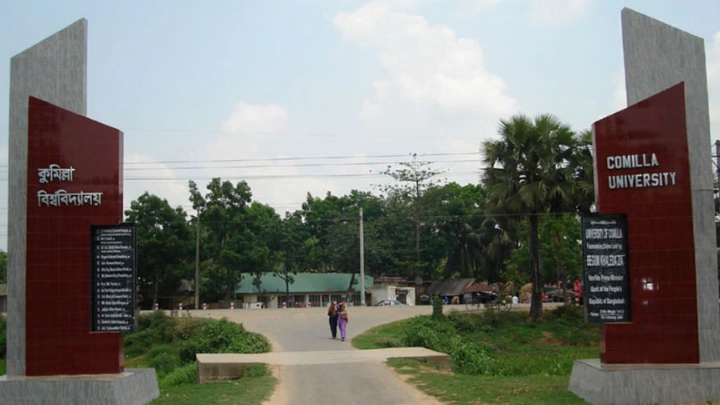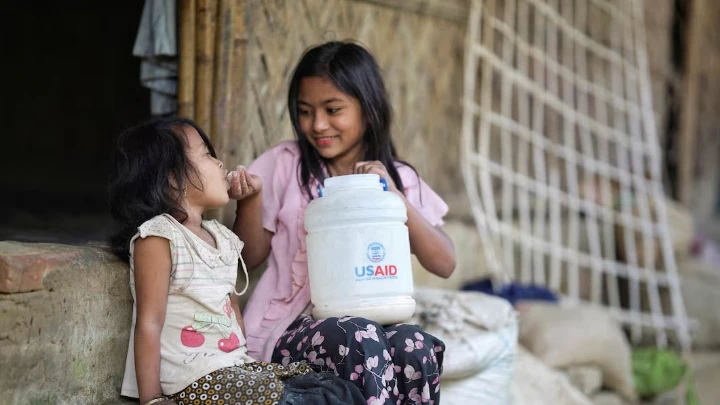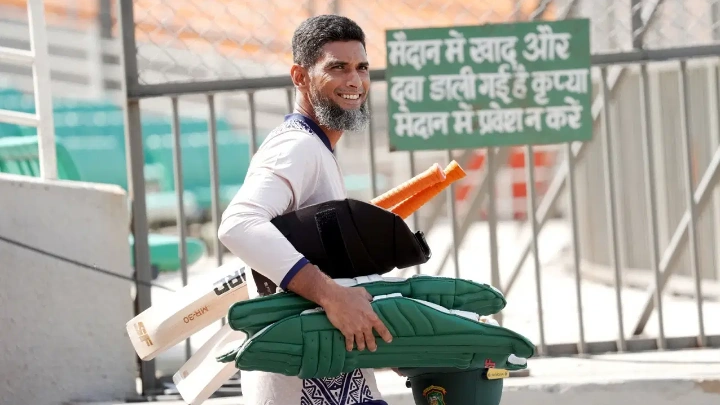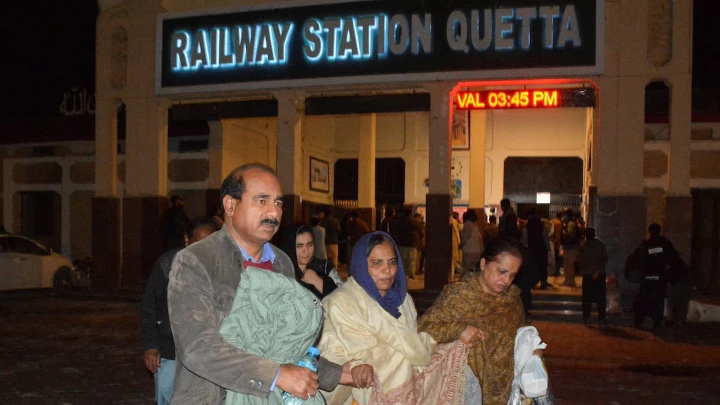Coastal residents face rising health risks as saline water crisis intensifies
DhakaTribune || Shining BD
At least one million people in the coastal region of Khulna still lack access to safe drinking water.
Regularly drinking saline water has made them susceptible to various non-communicable diseases.
Participants at a workshop held on Saturday made the call for a separate policy to address the region's water crisis.
The workshop was held as part of the "Water Rights Campaign" organized by the non-governmental organization Participatory Research and Action Network (PRAN).
Gauranga Nandi, chairman of the Center for Environment and Participatory Research, highlighted the critical importance of water for sustaining life, improving living standards, food production, health, agriculture, environment, and biodiversity.
The Bangladesh government emphasized water resource management and conservation through the National Water Policy of 1999 and the National Water Act of 2013. In 2010, the United Nations declared access to clean water a human right.
He mentioned that Bangladesh’s coastal zone, comprising 19 districts, faces various levels of climate change impacts, posing threats to water and food security, human health, agriculture, fisheries and livestock, which hinder the nation's development and endanger lives.
The freshwater crisis in Bangladesh’s coastal region is longstanding. Though seasonal variations affect the crisis, it persists year-round.
Factors like proximity to the sea, low rainfall, reduced river navigability, declining groundwater levels, increased soil and water salinity, inadequate natural resources, and unsustainable and unplanned resource use—combined with both climate-induced and human-made issues—make safe drinking water a major concern for coastal communities.
PRAN Coordinator Umme Salma and Program Officer Zahid Hasan presented the main paper at the event.
They reported that due to global warming and Bangladesh’s location sea levels rise by an average of 3.2 millimeters each year.
Some experts predict that sea levels could rise by as much as 1.75 meters by the end of the century, bringing more saline water inland, which would contaminate freshwater sources crucial for drinking and agriculture.
Since 1973, areas in Bangladesh affected by saline water have increased by 27%, with saline levels already impacting one million hectares of land, severely reducing crop production.
Increased salinity not only harms crops but also poses health risks to humans, such as high blood pressure, particularly affecting pregnant women.
The paper further explained that these health risks, including liver issues and stunted growth in children, arise due to the freshwater shortage.
In response, they suggested dividing Bangladesh's coastal region into four distinct zones: southwest, central, mid-south, and southeast, as each geographically unique area faces different water-related challenges.
Mahfuzur Rahman Mukul, Khulna Divisional Coordinator of Bangladesh Environmental Lawyers Association (BELA), recommended digging enough ponds to store rainwater in the area.
He also proposed distributing large water tanks for water storage among local households.
Mominul Islam, Khulna District Coordinator of the Bangladesh Human Rights Implementation Association, pointed out that the existing laws and policies on water management are controversial and similar to draconian laws.
He said that coastal areas differ significantly from other regions in Bangladesh, and a unified policy for all areas does not work. For effective water management, a distinct law is required specifically for the coastal southern region, given its unique geographical conditions.
Shining BD

